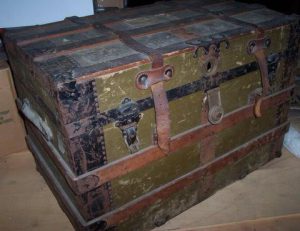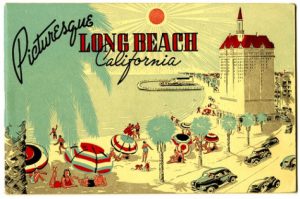 We are all familiar with the on-line address databases that pretend to list “relatives,” which often are no more than similar names picked up by the databases’ algorithms. My own listing, for example, includes none of my real relatives and instead links me to strangers Peter, Paul, Gerard, Marian, Dawn, and Francis Williams – who I am sure have no more heard of me than I of them. It also incorrectly lists me as having lived in Clermont, Florida; Fort Lee, New Jersey; and at the Alden House in Duxbury!
We are all familiar with the on-line address databases that pretend to list “relatives,” which often are no more than similar names picked up by the databases’ algorithms. My own listing, for example, includes none of my real relatives and instead links me to strangers Peter, Paul, Gerard, Marian, Dawn, and Francis Williams – who I am sure have no more heard of me than I of them. It also incorrectly lists me as having lived in Clermont, Florida; Fort Lee, New Jersey; and at the Alden House in Duxbury!
Ergo, it is usually best to use these databases with a large “grain of salt.” However, much to my surprise, I just found a “lost” branch of the Babson family using clues from on-line address databases. Continue reading A grain of salt








